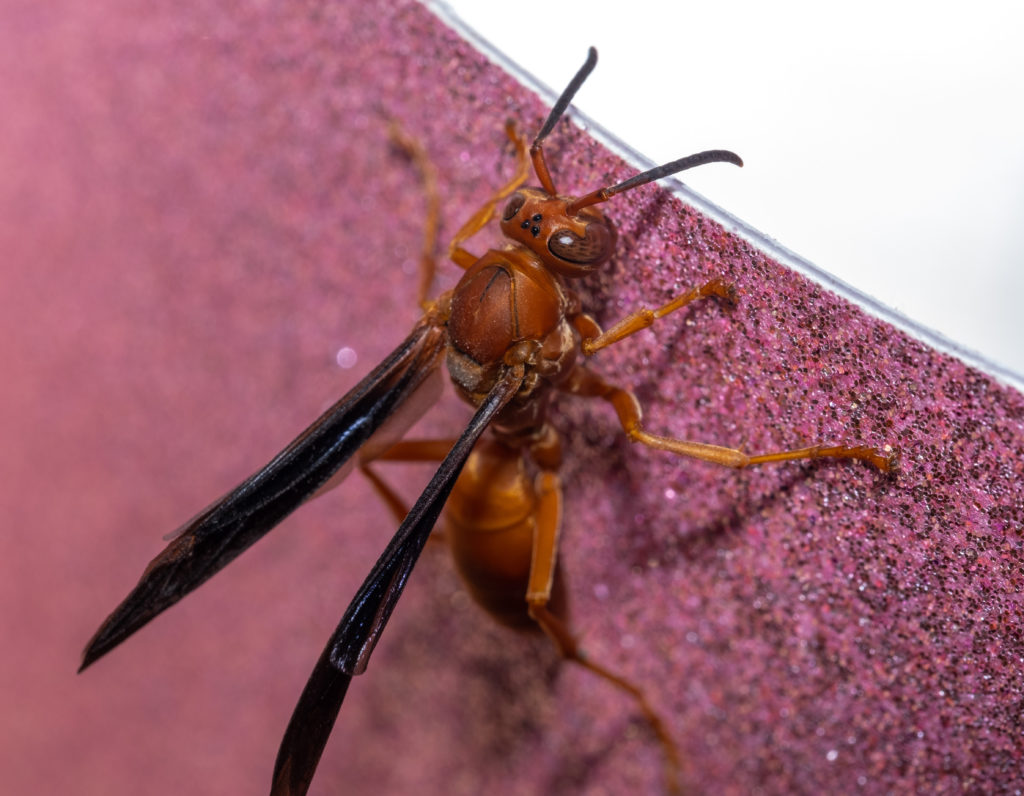
In September, Nashville received just 1.43 inches of rain. That was more than two inches below normal.
In October, the city was once again about two inches below normal with 1.38 inches of rain, pushing Nashville into “severe” drought. In most places, that can translate to water restrictions — some Western cities are voluntarily removing patches of grass to conserve water.
Many Tennessee citizens are less vulnerable to some impacts of drought, like water restrictions, than other regions in part due to how the rivers are managed. Many of the state’s creeks and streams, however, have seen record-low levels, which has impacted ecosystems in the Warner Parks. The drought has also caused broken water pipes thanks to shrinking soils.
In the first two weeks of November, Nashville received two inches of rainfall, in line with the 30-year climate average. This moved the city into a “moderate” drought designation, but it was not enough to end the dryness.
“We need to be more than normal to break the drought. We need a period of above-normal rainfall to kind of catch us back up, and that’s not forthcoming anytime soon,” said Mark Rose, a meteorologist with the National Weather Service.
In the colder months, Tennessee relies on moisture from tropical events for significant rainfall. Tropical Storm Nicole, for example, brought about 1.5 inches of rain to Nashville on Nov. 11.
There are no other unusually wet patterns on the horizon, and Rose said the dryness is expected to persist for at least a few more weeks, if not longer.
In recent memory, Nashville has experienced some very wet years. Despite two droughts this year, the city is still about 2.5 inches above the 30-year normal for annual precipitation.
Both droughts and heavy rainfall events are worsening regionally because climate change is intensifying the hydrologic cycle.

